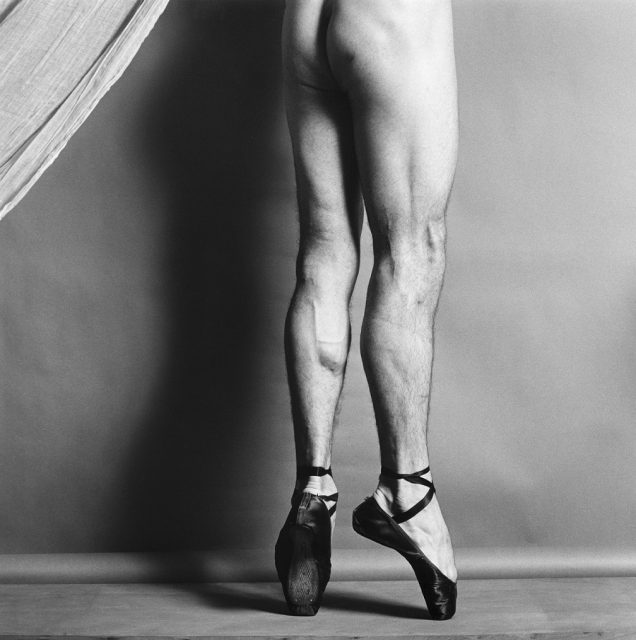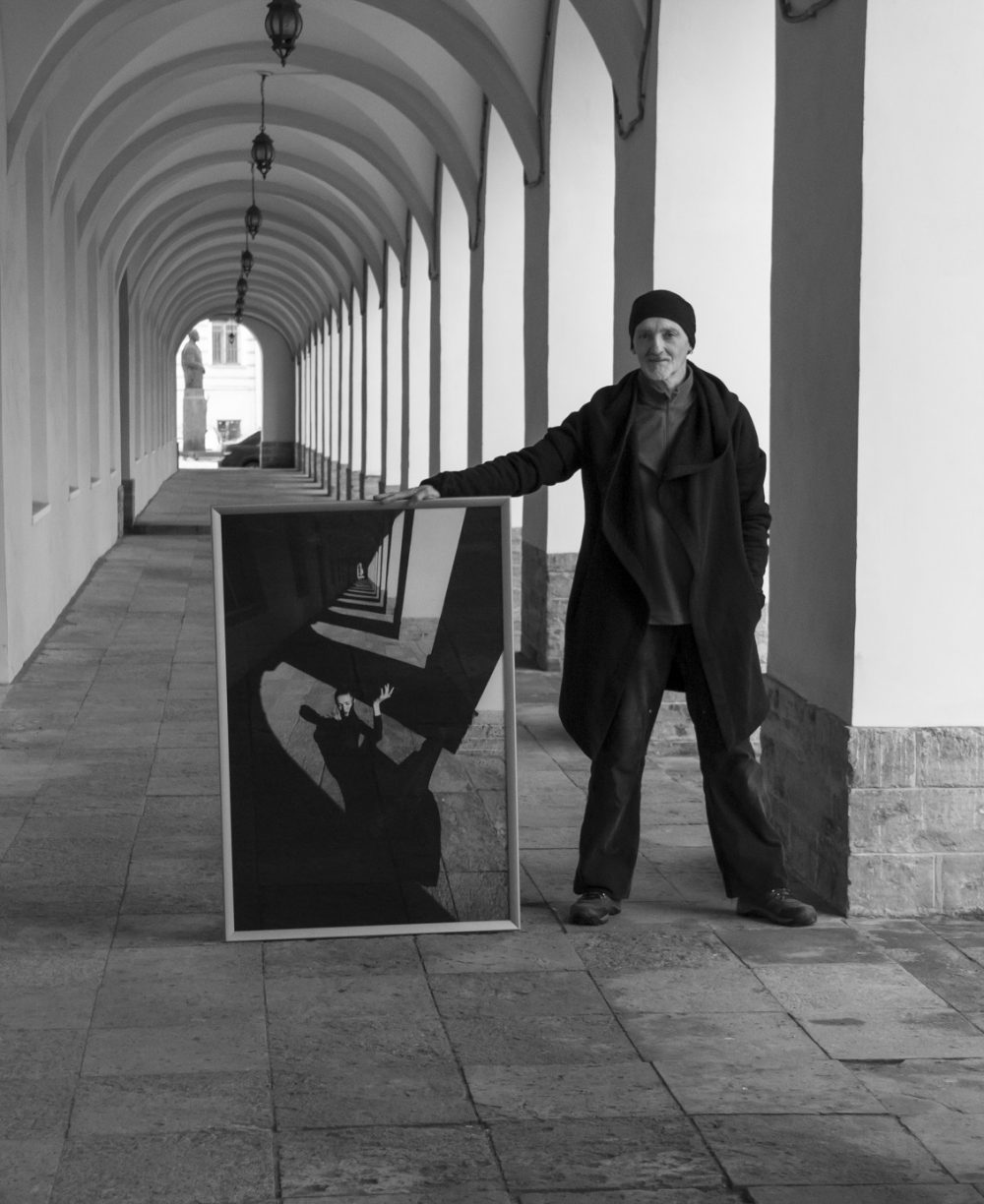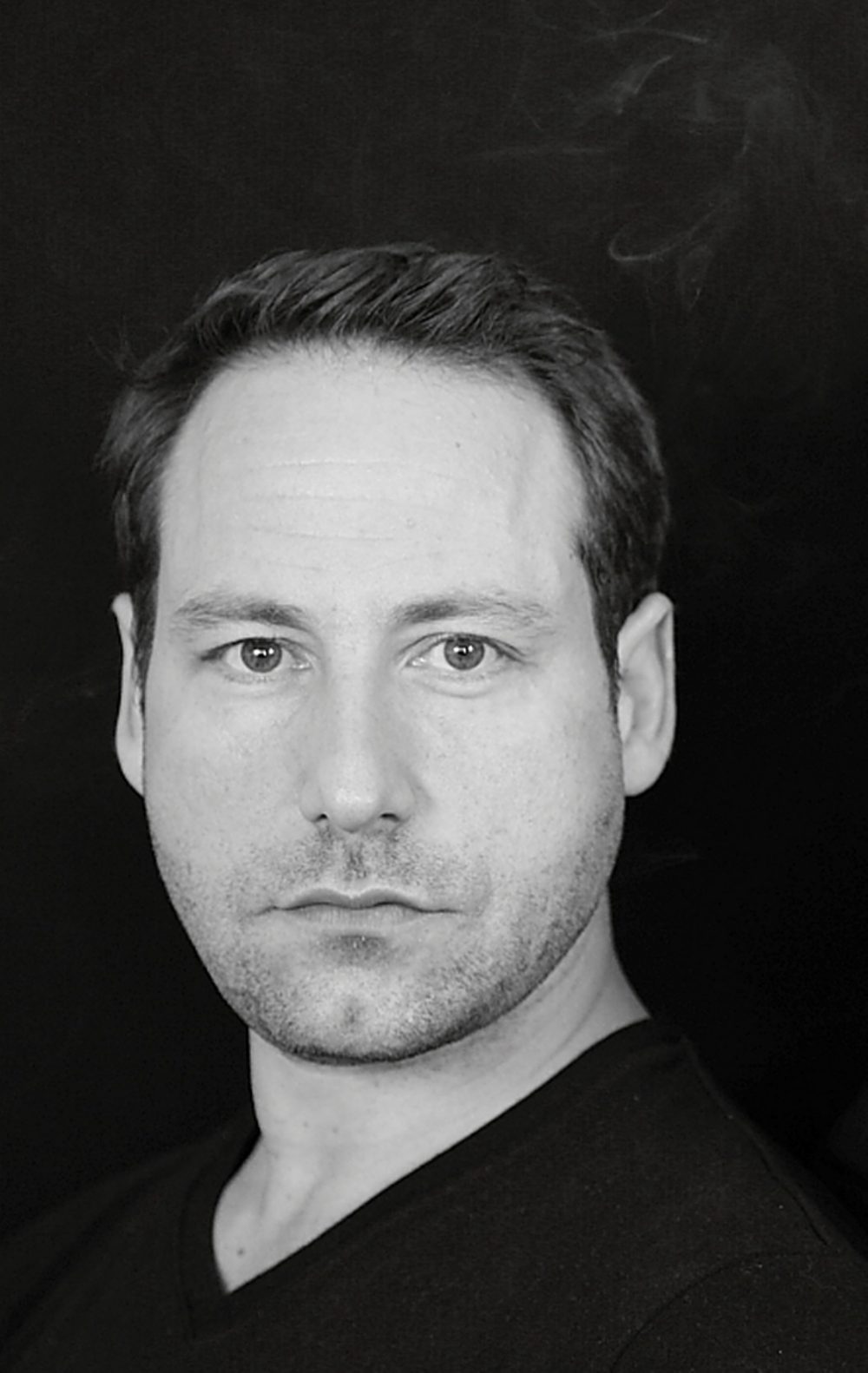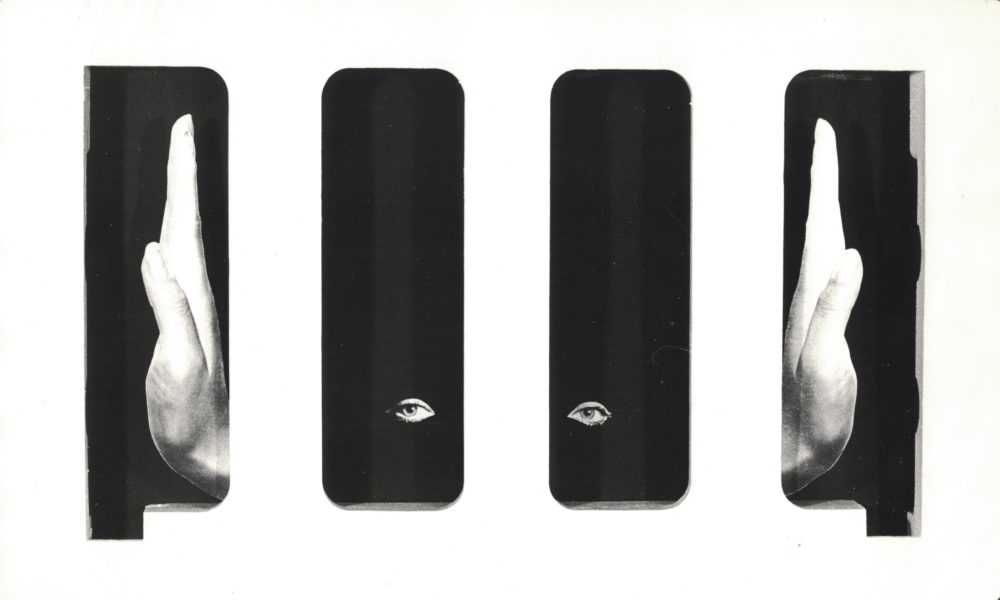The exhibition Robert Mapplethorpe. Coreografia per una mostra / Choreography for an Exhibition focuses in a completely new way around the intimate performative matrix of Mapplethorpe’s photographic practice, retracing and staging the intrinsic need to represent the erotic and intellectual vibration of the subjects, refusing the impersonal and documentary static nature of the photographic shot. This performative matrix is developed in the concept and in the structure of this exhibition, as a possible comparison between the actions of “photographing” in the studio (in the implication of the author / subject / spectator) and of “performing” on the scene (in the similar implication performer / choreographer / audience).
This exhibition’s “choreography” is then developed into three sections, intimately connected to each other. In the entrance hall and in the two adjoining rooms, as in an Ouverture, that redesigns the space-time dimension of the museum, infusing it with a theatrical inspiration based in the exchange of glances between the two Mapplethorpian muses, one feminine and one masculine, Patti Smith and Samuel Wagstaff Jr.
To follow, in the five opening rooms and in the six final rooms of the exhibition, the audience is introduced directly on the stage of this mise-en-scène for images – among dancers, athletes, body-builders, and models – exploring the performativity of the subject photographed by Mapplethorpe, which the artist captured with meticulous preparation in his studio.
The two rooms that precede and follow the central hall lead the visitors into potential stalls, in which the dynamic of the gaze of dozens of portraits not only gives us an extraordinary personal diary of the life, affections, friendships, meetings, collaborations and commissions of the artist, but at the same time reconstructs, between a private dimension and public sphere, a collective portrait of the society and jet-set of the Seventies and the Eighties. Among the faces of this “living” audience: John Mc Kendry (1975); Arnold Schwarzenegger, Philip Glass with Robert Wilson and David Hockney with Henry Geldzalher (1976); Deborah Harry (1978); Carolina Herrera (1979); Francesca Thyssen (1981); Louise Bourgeois and the Pop Art gallerist Leo Castelli (1982); Doris Saatchi, Andy Warhol, Francesco Clemente and Lucio Amelio (1983); Susan Sontag (1984); Norman Mailer (1985), Louise Nevelson (1986), Laurie Anderson (1987); in addition to the images of dancers and choreographers such as Lucinda Childs, Gregory Hines, Bill T. Jones, Molissa Fenley and the dancers of the NYC Ballet.
The central room (third section) – dominated by a red carpet for dancers and a sequence of self-portraits of Mapplethorpe – is transformed into a real three-dimensional theatre, in which, joining all the themes of the exhibition, the performance becomes contemporary and current choreography, in which the artist is protagonist.
To integrate this section, like two retro-scene spaces, two adjoining rooms to the central room: the (Un)Dressing room, a real set up dressing room, where the performers warm up before the performance, which hosts some images that introduce us to vision of the artist, and the X(Dark) Room (forbidden to minors), in which the most secret and extreme works of erotic subjects are exhibited, including a selection of the famous Portfolio X.
The various subjects of Mapplethorpe, even the most controversial ones like the S&M images of Portfolio X, are the protagonists of a staging that reveals continuous and sophisticated references to the history of art, in which archetypes and universal subjects are evoked. The photographic activity occured mainly in the intimacy of the studio of Mapplethorpe, where the artist carefully prepared backgrounds and scenographic elements, along with a rigorous drawing of the lights, to abstract in a “timeless”; the photographed subject.




